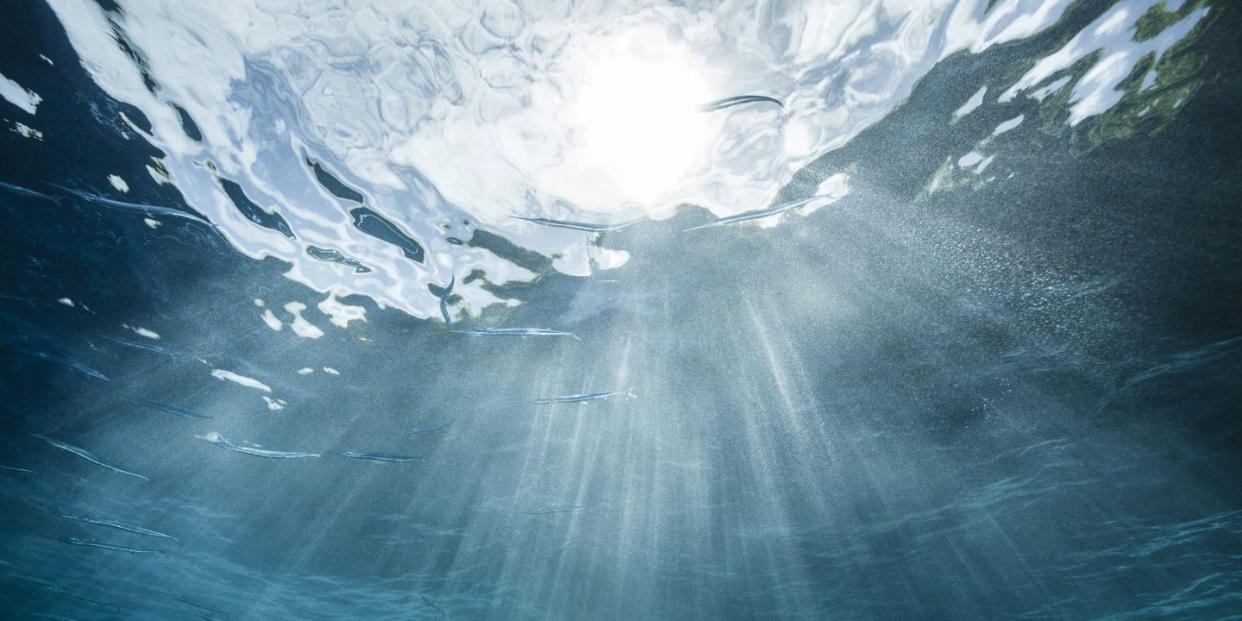One Part of the Ocean Is Getting Colder, Thanks to Medieval Climate Change

Climate change is causing the oceans to warm at an alarming rate, but new research finds that not all the water in the oceans is actually getting warmer. Deep in the Pacific, one region is actually getting colder, according to new research. This decreasing temperature in the ocean depths is also caused by climate change, but not the modern kind we’re so familiar with. Instead, this cooling is caused by a minor ice age that happened hundreds of years ago.
The Little Ice Age started around the year 1500 and lasted until the middle of the 19th century. It followed the Medieval Warm Period and saw much of the planet get significantly colder. That cooling affected the water on the surface of the Pacific Ocean. That surface water doesn’t stick around on the surface forever, though, and eventually it started sinking to the bottom.
The Pacific Ocean is so big that it can take a long time for that colder water to sink, hundreds or even thousands of years. A group of researchers from Harvard have found the cold water from the Little Ice Age in a deep underwater zone of the Pacific, where it’s still sinking and cooling everything around it.
"If the surface ocean was generally cooling for the better part of the last millennium, those parts of the ocean most isolated from modern warming may still be cooling," said lead study author Jake Gebbie in a press release.
More than a hundred years ago, a crew of scientists set out on an expedition to the Pacific Ocean to gather temperature data. On board the HMS Challenger, a wooden sailing ship, those 19th-century scientists lowered thermometers into the ocean and collected around 5,000 measurements of the ocean’s temperature at various depths.
Since then, modern-day researchers have gathered even more detailed data on the ocean’s temperature, and by comparing the modern data to that historical data from the Challenger the researchers have been able to track the movement of that colder water from the Little Ice Age. Currently, that water is sitting around one and a quarter miles below the surface.
With this data, scientists can get a clearer picture of what the world was like during the Little Ice Age. But it also illustrates the consequences of our own episode of climate change. If parts of the ocean can remain cold for hundreds of years after a small ice age, what will happen to the oceans when the planet warms? How long will that warming last in the ocean’s depths? If this research is any indication, we could still be feeling the effects of climate change hundreds of years from now.
Source: Science
('You Might Also Like',)

